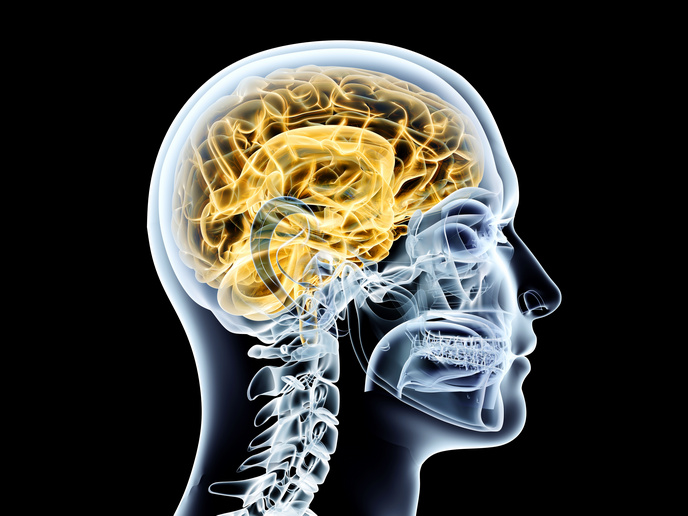How spatial representation is developed
The EU-funded SPATIALDEVELOPMENT project disentangled this external frame of reference to determine how much we are influenced by our different senses by studying children and sensory-deprived individuals using behavioural measurement techniques and non-invasive brain imaging. Researchers explored the effect of spatial and non-spatial objects’ characteristics on object differentiation performance in children and adults. The aim was to discover whether specific hand movements are needed to differentiate objects that only differ in one characteristic (size, shape, texture or weight), and if the spatial reference is developed and whether it is used automatically. Results indicate that the spatial reference frame is fully developed and used automatically at around eight years of age. Scientists also investigated visuo-proprioceptive (vision and the concept of knowing where the body is in space) adaptation as a marker for the development of the spatial reference frame. This was achieved by getting participants between the ages of 8 and 65 years old to align their unseen hand to an object in 3D virtual reality. Feedback was then distorted to suggest the hand position was in a different position or alignment, making the subject adapt to the distortion in order to perform the task well. Results showed that the youngest children adapted slowest (and to a lesser degree) compared with older children and adults to distortions in their perceived hand position. SPATIALDEVELOPMENT provided new insights into the workings of the human brain and raised fundamental questions. For example: whether the brain is plastic enough for training of spatial tasks to induce spontaneous use of the spatial reference frame earlier in development. Knowledge of how space is represented in the human brain will be of important use for the development of aids for sensory-deprived individuals and devices like surgery robots and sensory implants.







